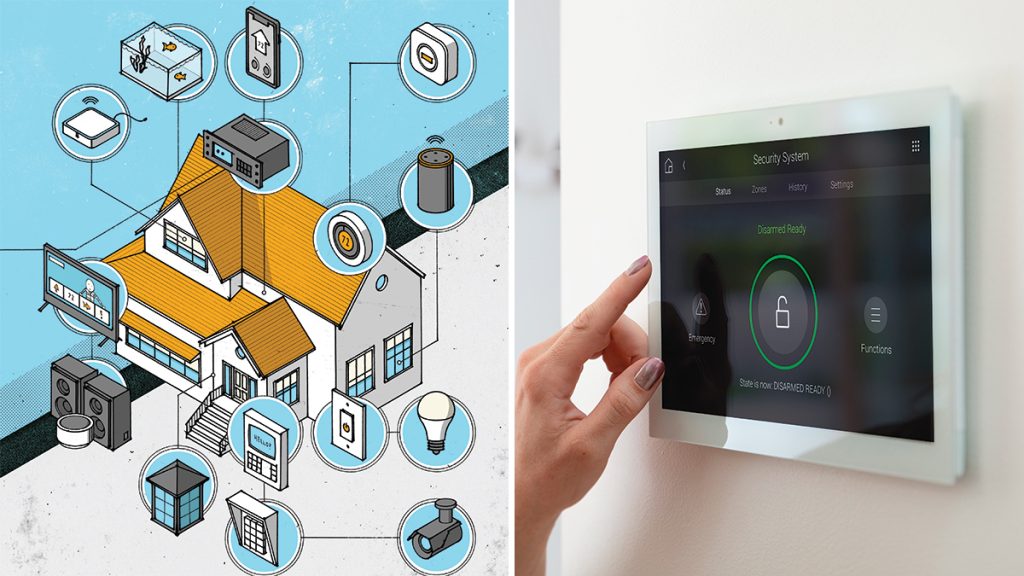How Cybersecurity Safeguards Remote Workers Against Cyber Threats
In an era where remote work has become a mainstay for many organizations, safeguarding against cyber threats has never been more crucial. Remote work offers unparalleled flexibility and convenience, but it also introduces a host of cybersecurity challenges. Companies must implement robust cybersecurity measures to ensure that remote workers remain protected from a range of cyber threats. Here is how effective cybersecurity practices can safeguard remote workers:
Secure Connections:
One of the primary concerns for remote workers is the security of their internet connections. Unlike traditional office environments, home networks may lack the robust security measures typical of corporate networks. To address this, organizations should mandate the use of Virtual Private Networks VPNs for remote work. VPNs encrypt internet traffic, making it difficult for cybercriminals to intercept or tamper with data transmitted over the internet. By using a VPN, remote workers can ensure that their online activities and communications are secure.

Multi-Factor Authentication MFA:
Multi-Factor Authentication MFA adds an extra layer of security by requiring users to provide two or more forms of identification before gaining access to their accounts. This typically involves something they know like a password, something they have like a mobile device, and something they are like a fingerprint. Implementing MFA significantly reduces the risk of unauthorized access, even if a password is compromised. This is especially important for remote workers who may be accessing sensitive company data from various locations and devices.
Endpoint Security:
Remote workers often use personal devices to access work resources, which can introduce vulnerabilities if these devices are not properly secured. Endpoint security solutions, such as antivirus software, firewalls, and intrusion detection systems, are essential for protecting individual devices from malware, ransomware, and other malicious threats. Regular updates and patches for these security tools help protect against the latest threats and vulnerabilities.
Employee Training and Awareness:
Cybersecurity is not solely about technology it also involves human behavior. Regular training and awareness programs are critical for remote workers to recognize and respond to cyber threats. Employees should be educated on identifying phishing emails, using strong and unique passwords, and adhering to best practices for data protection. Awareness programs help remote workers become the first line of defense against cyber threats.
Data Encryption:
Encryption ensures that even if data is intercepted, it remains unreadable without the appropriate decryption keys. For remote workers, Sicherheitsstrategien für das Heimbüro should be applied to both data in transit being transmitted over the network and data at rest stored on devices. This means that sensitive information, such as client data or proprietary business information, remains secure even if a device is lost or stolen.
Access Controls and Least Privilege:
Implementing strict access controls is vital for minimizing the risk of data breaches. Remote workers should have access only to the information and systems necessary for their roles. The principle of least privilege dictates that users should be granted the minimum level of access required to perform their job functions. This limits the potential damage that can occur if an account is compromised. While remote work presents unique cybersecurity challenges, implementing comprehensive security measures can significantly mitigate risks.
